-
 bitcoin
bitcoin $109547.008142 USD
0.04% -
 ethereum
ethereum $4011.838726 USD
-0.05% -
 tether
tether $1.000402 USD
-0.01% -
 xrp
xrp $2.798606 USD
0.88% -
 bnb
bnb $970.877944 USD
1.39% -
 solana
solana $202.237275 USD
-0.95% -
 usd-coin
usd-coin $0.999673 USD
0.00% -
 dogecoin
dogecoin $0.229294 USD
-1.15% -
 tron
tron $0.336370 USD
-0.45% -
 cardano
cardano $0.777260 USD
-1.66% -
 hyperliquid
hyperliquid $45.503019 USD
1.73% -
 ethena-usde
ethena-usde $1.000362 USD
0.01% -
 chainlink
chainlink $20.785303 USD
-1.10% -
 avalanche
avalanche $28.755822 USD
-0.11% -
 stellar
stellar $0.358303 USD
-0.48%
How do I send Ethereum from the Exodus wallet?
Sending Ethereum from Exodus is easy: set up wallet, add ETH, enter recipient's address, specify amount, review fee, and confirm transaction securely.
Apr 04, 2025 at 09:35 pm
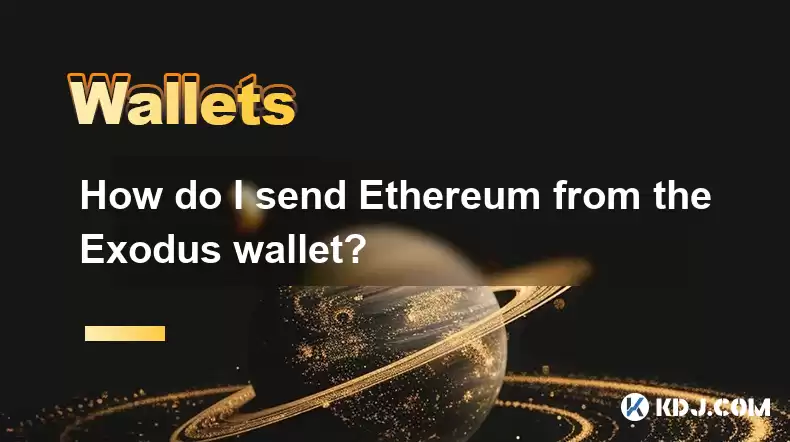
Sending Ethereum from the Exodus wallet is a straightforward process, but it's important to follow the steps carefully to ensure the transaction is completed successfully. In this article, we will guide you through the process of sending Ethereum from your Exodus wallet, covering everything from setting up the wallet to confirming the transaction. We will also discuss common issues you might encounter and how to resolve them, as well as provide some tips for managing your Ethereum transactions securely.
Setting Up Your Exodus Wallet
Before you can send Ethereum, you need to ensure that your Exodus wallet is properly set up. If you haven't already, download the Exodus wallet from the official website and install it on your device. Once installed, follow these steps to set up your wallet:
- Open the Exodus wallet and click on 'Create New Wallet.'
- Choose a strong password and confirm it. Make sure to remember this password, as it will be used to access your wallet.
- Write down your 12-word recovery phrase and store it in a safe place. This phrase is crucial for recovering your wallet if you lose access to it.
After completing these steps, your Exodus wallet will be ready to use. You can now add Ethereum to your wallet by purchasing it from an exchange and transferring it to your Exodus wallet address.
Adding Ethereum to Your Exodus Wallet
To send Ethereum, you first need to have Ethereum in your Exodus wallet. If you don't already have Ethereum, you can buy it from an exchange and then transfer it to your Exodus wallet. Here's how to add Ethereum to your wallet:
- Go to an exchange that supports Ethereum, such as Coinbase or Binance.
- Purchase Ethereum using your preferred payment method.
- Once the purchase is complete, navigate to the 'Send/Withdraw' section of the exchange.
- Enter your Exodus wallet's Ethereum address, which you can find by clicking on the Ethereum asset in your Exodus wallet and then clicking on 'Receive.'
- Confirm the transaction on the exchange, and the Ethereum should arrive in your Exodus wallet within a few minutes to an hour, depending on network congestion.
Sending Ethereum from Exodus Wallet
Once you have Ethereum in your Exodus wallet, you can proceed to send it to another address. Here's a step-by-step guide on how to send Ethereum from your Exodus wallet:
- Open your Exodus wallet and navigate to the Ethereum asset.
- Click on 'Send' to initiate the transaction.
- Enter the recipient's Ethereum address in the 'To' field. Double-check this address to ensure it is correct, as Ethereum transactions cannot be reversed.
- Specify the amount of Ethereum you want to send. You can enter the amount in either Ethereum or your local currency.
- Review the transaction details, including the network fee. Exodus will automatically suggest a fee based on current network conditions, but you can adjust it if needed.
- Click on 'Send' to confirm the transaction. You will be prompted to enter your wallet password to authorize the transaction.
- Once the transaction is confirmed, it will be broadcast to the Ethereum network. You can track the status of the transaction in the Exodus wallet's transaction history.
Common Issues and Solutions
While sending Ethereum from the Exodus wallet is generally straightforward, you might encounter some issues. Here are some common problems and their solutions:
- Incorrect Recipient Address: If you enter the wrong recipient address, the Ethereum will be sent to that address, and you won't be able to retrieve it. Always double-check the recipient's address before confirming the transaction.
- Insufficient Funds: If you try to send more Ethereum than you have in your wallet, the transaction will fail. Ensure you have enough Ethereum in your wallet to cover both the amount you want to send and the network fee.
- High Network Fees: During times of high network congestion, Ethereum transaction fees can be very high. If you find the fees too expensive, you can wait for a less congested time or adjust the fee to a lower amount, though this may result in a longer transaction time.
- Transaction Stuck: If your transaction appears to be stuck, it might be due to low network fees. You can try to speed up the transaction by increasing the fee through the 'Speed Up' option in the transaction history.
Tips for Secure Ethereum Transactions
To ensure your Ethereum transactions are secure and efficient, consider the following tips:
- Use Strong Passwords: Always use a strong, unique password for your Exodus wallet. Avoid using easily guessable passwords and consider using a password manager.
- Enable Two-Factor Authentication (2FA): If available, enable 2FA on your Exodus wallet to add an extra layer of security.
- Keep Your Recovery Phrase Safe: Store your 12-word recovery phrase in a secure location, such as a safe or a secure note-taking app. Never share it with anyone.
- Regularly Update Your Wallet: Keep your Exodus wallet software up to date to benefit from the latest security enhancements and features.
- Monitor Your Transactions: Regularly check your transaction history to ensure all transactions are legitimate and to quickly identify any suspicious activity.
Common Questions
Q: How long does it take to send Ethereum from the Exodus wallet?A: The time it takes to send Ethereum from the Exodus wallet can vary depending on network congestion and the transaction fee you set. Typically, transactions can take anywhere from a few minutes to an hour.
Q: Can I cancel an Ethereum transaction after it has been sent?A: Once an Ethereum transaction is confirmed and broadcast to the network, it cannot be canceled. If you need to cancel a transaction, you might be able to do so if it is still pending, by increasing the fee to speed up the transaction and then sending a new transaction to the same address with a higher fee.
Q: What should I do if I send Ethereum to the wrong address?A: If you send Ethereum to the wrong address, there is no way to retrieve it. Always double-check the recipient's address before sending any Ethereum.
Q: How can I reduce Ethereum transaction fees?A: To reduce Ethereum transaction fees, you can wait for times of lower network congestion or adjust the fee to a lower amount. Keep in mind that lower fees may result in longer transaction times.
Q: Is it safe to store large amounts of Ethereum in the Exodus wallet?A: While the Exodus wallet is generally secure, it's recommended not to store large amounts of Ethereum in any hot wallet. Consider using a hardware wallet for larger amounts to enhance security.
Disclaimer:info@kdj.com
The information provided is not trading advice. kdj.com does not assume any responsibility for any investments made based on the information provided in this article. Cryptocurrencies are highly volatile and it is highly recommended that you invest with caution after thorough research!
If you believe that the content used on this website infringes your copyright, please contact us immediately (info@kdj.com) and we will delete it promptly.
- Crypto Whales, PEPE, and Meme Coins: What's the Hype?
- 2025-09-28 18:25:15
- Polkadot pUSD: NYC's Take on Decentralized Stability
- 2025-09-28 18:25:15
- SWIFT, Ethereum, and Linea: Revolutionizing Global Banking?
- 2025-09-28 18:30:01
- Crypto, Altcoin, Buy Now: Navigating the 2025 Landscape
- 2025-09-28 18:30:01
- MoonBull, Crypto, and Shiba Inu: What's the Buzz in the Crypto Space?
- 2025-09-28 18:30:01
- Qurax Exchange Spot Trading and Token Listings: A New Era?
- 2025-09-28 18:30:12
Related knowledge
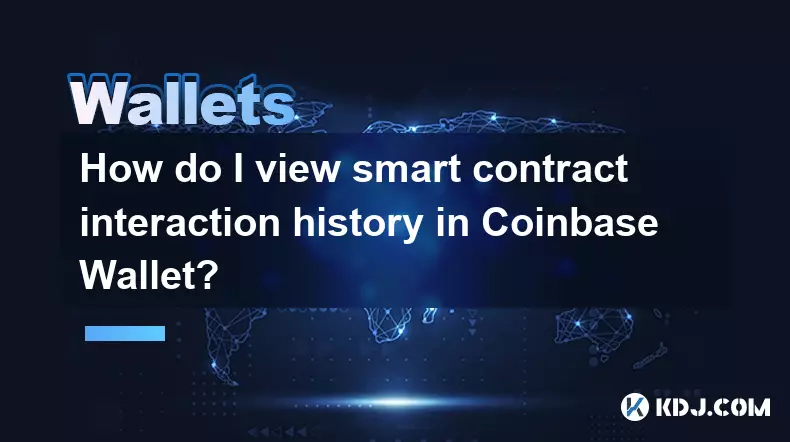
How do I view smart contract interaction history in Coinbase Wallet?
Sep 24,2025 at 01:36am
Accessing Smart Contract Interaction History in Coinbase Wallet1. Open the Coinbase Wallet application on your mobile device and log in using your cre...
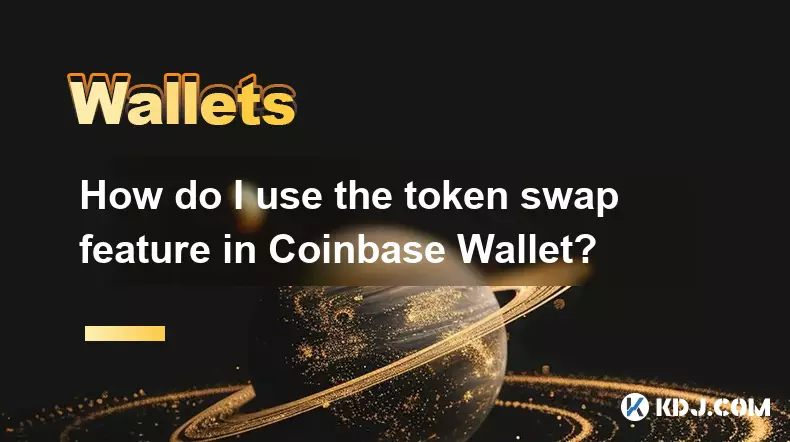
How do I use the token swap feature in Coinbase Wallet?
Sep 24,2025 at 05:00pm
Understanding Token Swaps in Coinbase Wallet1. The token swap feature in Coinbase Wallet enables users to exchange one cryptocurrency for another dire...
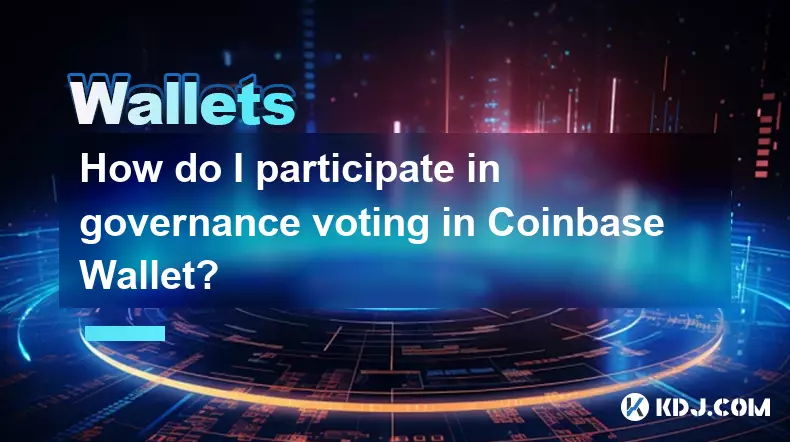
How do I participate in governance voting in Coinbase Wallet?
Sep 25,2025 at 01:55pm
Understanding Market Volatility in the Crypto Space1. Cryptocurrency markets are known for their extreme price fluctuations, often driven by sentiment...

How do I set up a custom RPC node in Coinbase Wallet?
Sep 24,2025 at 12:00pm
Understanding Custom RPC Nodes in Coinbase Wallet1. A custom RPC (Remote Procedure Call) node allows users to connect their Coinbase Wallet to a block...
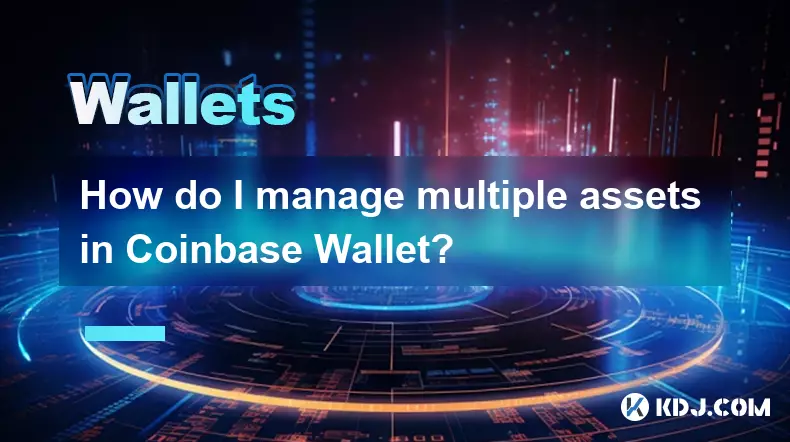
How do I manage multiple assets in Coinbase Wallet?
Sep 23,2025 at 10:00am
Understanding Multi-Asset Support in Coinbase Wallet1. Coinbase Wallet allows users to store a wide variety of digital assets beyond just Bitcoin and ...
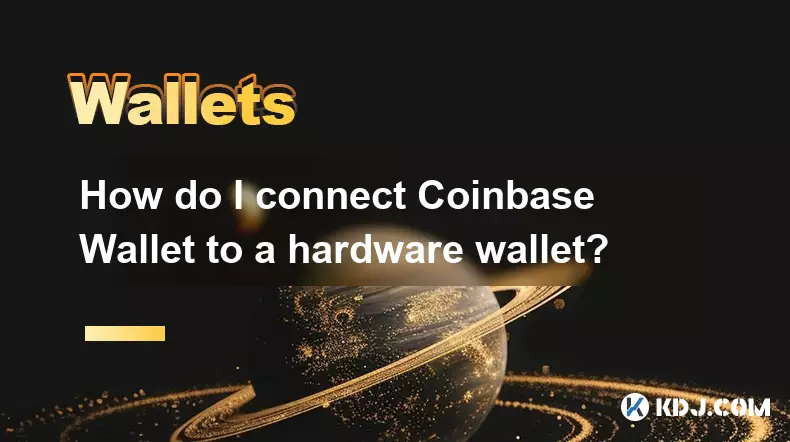
How do I connect Coinbase Wallet to a hardware wallet?
Sep 26,2025 at 02:54am
Connecting Coinbase Wallet to a Hardware Device1. Open the Coinbase Wallet app on your mobile device and ensure it is updated to the latest version. N...

How do I view smart contract interaction history in Coinbase Wallet?
Sep 24,2025 at 01:36am
Accessing Smart Contract Interaction History in Coinbase Wallet1. Open the Coinbase Wallet application on your mobile device and log in using your cre...

How do I use the token swap feature in Coinbase Wallet?
Sep 24,2025 at 05:00pm
Understanding Token Swaps in Coinbase Wallet1. The token swap feature in Coinbase Wallet enables users to exchange one cryptocurrency for another dire...

How do I participate in governance voting in Coinbase Wallet?
Sep 25,2025 at 01:55pm
Understanding Market Volatility in the Crypto Space1. Cryptocurrency markets are known for their extreme price fluctuations, often driven by sentiment...

How do I set up a custom RPC node in Coinbase Wallet?
Sep 24,2025 at 12:00pm
Understanding Custom RPC Nodes in Coinbase Wallet1. A custom RPC (Remote Procedure Call) node allows users to connect their Coinbase Wallet to a block...

How do I manage multiple assets in Coinbase Wallet?
Sep 23,2025 at 10:00am
Understanding Multi-Asset Support in Coinbase Wallet1. Coinbase Wallet allows users to store a wide variety of digital assets beyond just Bitcoin and ...

How do I connect Coinbase Wallet to a hardware wallet?
Sep 26,2025 at 02:54am
Connecting Coinbase Wallet to a Hardware Device1. Open the Coinbase Wallet app on your mobile device and ensure it is updated to the latest version. N...
See all articles









































































